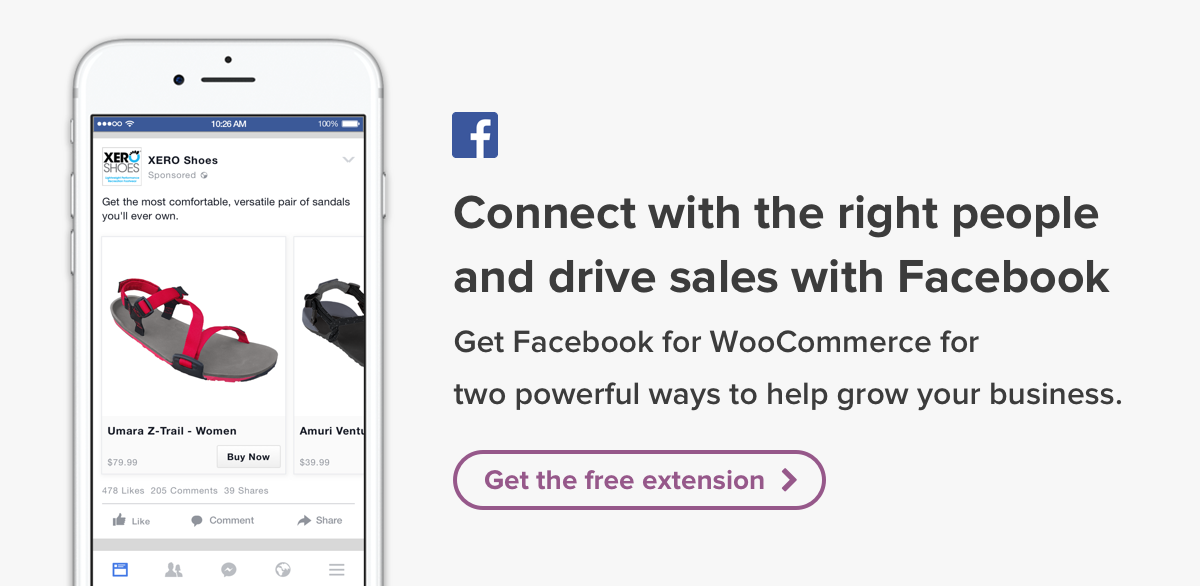Giving Tuesday began in 2012 as a fundraising opportunity for nonprofits in response to the consumerism of the holiday season.
In 2019, people contributed $511 million online on that single day, compared to $400 million the year before. As the graph on this page shows, donations have gone up every year and have shown no signs of slowing down.
So if you’re a nonprofit organization and haven’t yet run a Giving Tuesday campaign, now is a good time to start. Yes, even during COVID-19.
What is Giving Tuesday?
Instead of spending all your money buying things, the idea is that you take a portion of what you would have spent anyway and donate it to a charity. So, you spend a little less and give a little more to make the world a better place.
Black Friday, the day after Thanksgiving, is a U.S. holiday on which shoppers are presented with sales and deals. As eCommerce businesses changed buying habits, Cyber Monday was launched. It was the industry’s response to Black Friday (and lands the following Monday) — an opportunity to get buyers excited with exceptional discounts and drive more traffic to the rest of their online store. And now, we also have Small Business Saturday (the Saturday after Thanksgiving), which gives small businesses a way to promote themselves against their larger competitors.
All this commerce is great. But we were losing a focus on serving others and spreading warmth during the holiday season. Giving Tuesday is a way to help restore that.
Five Giving Tuesday tips for nonprofits
1. Build your campaign around a specific need
Find a specific need to emphasize, and build your campaign around that. Contribute to making meaningful change in your community.
Restock the food pantry with a month of supplies. Restore lost grant funding from disease research. Help fix problems caused by COVID lockdowns, like helping people get jobs or escape debt or negotiate with landlords. The needs are clear, relatable, and most importantly — solvable.
Find a specific need, a specific problem that donors can solve, and help them solve it.
2. Set a goal
Once you know the need your donors can meet, set a contribution goal.
You could make this goal a dollar amount. A good strategy is to find a non-simple number. For example, instead of setting a goal for $20,000, set a goal for $19,354. Show your donors exactly how you arrived at that figure.
For example, if it costs $43.37 to provide free tutoring to one student per month, then you can raise $21,685 to provide free tutoring to 500 kids. A non-simple number demonstrates that you’ve worked out the exact amount needed. It has higher credibility.

Your goal can also be about buying a certain number of items. Using the same example above, the goal is tutoring for 500 kids. Or it could be to buy 500 laptops. Focus on that instead of the dollar amount.
You can also center your goal on getting more monthly donors. Create a Giving Tuesday campaign to find 100 new monthly donors, for example. But remember to clearly show what those 100 donors will make possible. Again, if a donor contributes $43.37 each month, they’re providing free tutoring for a student. 100 new donors means that 100 new students receive help.
3. Create your communication plan
Primarily focus on email and social media. A good plan is to start promoting your Giving Tuesday campaign two or three weeks ahead of the day.
Write your emails and social media posts in advance. Coordinate them, so they go out at different times. If you want to run paid ads, or if you have Google Ad Grants, focus those ads in the final week and on Giving Tuesday.
Because of COVID-19, you may be nervous about creating a Giving Tuesday campaign. Don’t be. People still want to help. Let them.
4. Create a separate donation page for Giving Tuesday
Create a new donation page, with messaging that’s specific to the goal and the need your campaign is built around. This will encourage people to give.
Simplify your giving form. Make it as easy as possible for people to give by limiting the number of choices and frequency options — focus on the specific need that campaign is meeting.
5. Follow up with new donors afterward
Track any donations from new donors, and put them in their own email segment. Then, follow up with a few targeted emails over the next couple of months. Don’t just ask for more money at first — offer them engaging posts, videos, stories, and other things to help them connect with your nonprofit.
Three Giving Tuesday marketing tips for online businesses
Giving Tuesday is also a great opportunity for businesses to give back to causes they believe in and are passionate about. If you run a solar power company, you might plant trees or build solar water wells in needy communities. If you sell pet supplies, you might donate a percentage of sales to a local animal shelter.
Here’s a great plan to help your customers connect with the causes you care about:
1. Choose a nonprofit that aligns with you
Find a nonprofit whose mission aligns with your business values, and identify something about that nonprofit that you can express quickly and easily.
You want to be able to say things like “help kids,” “fight cancer,” “beat hunger,” and things like this — quick phrases that your customers will understand immediately. They’ll know their purchases are supporting this cause.
2. Assign a portion of your sales as donations
The most common approach is to set a fixed percentage. For example, say that 5% of your purchase price will go toward this cause. Another approach is to use a fixed dollar amount for certain items, like saying that $1 from every box of Christmas cookies sold will go to support this nonprofit.

You can also limit the total given, saying that your goal is to raise $5,000, or some other amount, for this charity by Giving Tuesday.
3. Feature the nonprofit and Giving Tuesday in your marketing
Do more than just splash up a graphic on your website. Communicate your goal and encourage people to contribute via email and social media for weeks ahead of time. Put it on every key page of your site, especially if your donations are tied to the sale of specific products or services.
A few marketing and communication tips:
- Emphasize the deadline. This is a Giving Tuesday marketing plan. So if customers want part of their purchase price to be donated, they must buy from you before Giving Tuesday.
- Give the motivation. Make sure to say why your business is supporting this particular nonprofit. Send this out in an email. Add it as a clickable popup or a separate page on your website, or both. Get people excited about this.
- State the impact. Tell what the donation will accomplish. If they’re trying to buy laptops for 10,000 students, then you can simply say that part of your purchase price will go to help buy laptops for students. Simple and done.
For nonprofits and businesses, Giving Tuesday is a wonderful concept and a great way to make the world a better place. And by getting others involved, you can multiply your efforts.
